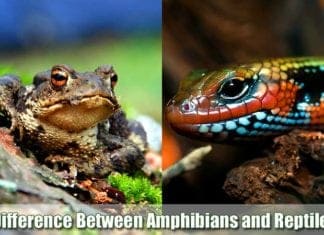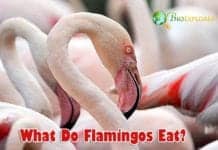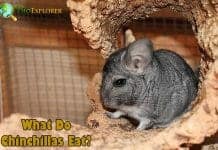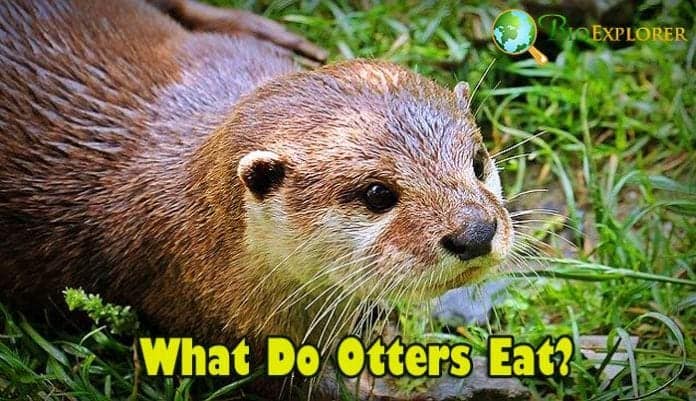
Otters are mammals classified under the family Mustelidae. Otters are carnivorous. These great hunters mainly dine on crustaceans (clams), amphibians, reptiles, fish, and critters (weasels).
Table of Contents
What Do Otters Eat?
| The Eurasian Otter | Lutra lutra | Fish, frogs, aquatic insects, small mammals, birds, reptiles, and crabs. |
| The African Clawless Otter | Aonyx capensis | Crabs, lobsters, insects, frogs, and a wide array of fish species (including starfish). |
| Giant River Otter | Pteronura brasiliensis | Fish, crustaceans, small anacondas, and caimans. |
![]()
Otters Diet by Types
About 13 otter species have been described. These are mostly distributed in almost every continent except for Australia and Antarctica. This section will sample out some of the different types of otters.
What Do Eurasian Otters Eat?
The Eurasian otter is found in abundance in the United Kingdom. This species has also been spotted in other parts of Europe, China, Eastern Russia, South East, and South Asia, as well as North Africa. This species is well adapted to thrive in aquatic environments.
| Animalia | Carnivora | Mustelidae | Lutra | Lutra lutra |
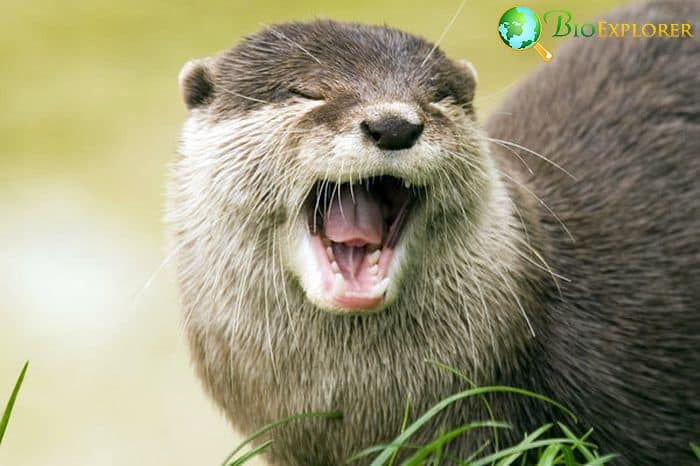
- The Eurasian otter’s main diet is made up of fish (fish accounts for 80% of its food).
- They prey on amphibians like frogs, aquatic insects, small mammals, birds, reptiles, and crabs.
- Hunting for the Eurasian otter is a specialized task that calls for the use of their highly sensitive whiskers.
- The Eurasian otters use their sensitive whiskers in murky waters to detect their prey.
- Interestingly, these great hunters can also dive into the water to find and ambush their prey.
- The Eurasian otters have mastered the skill of holding their breath for a few seconds while underwater. Once prey is detected, they proceed to capture and consume it.
Suggested Reading:
Amphibians Vs. Reptiles : Similarities and Differences
![]()
What Do African Clawless Otters Eat?
As suggested by its name, the African clawless otter is found in abundance in Africa. This mammal is mainly aquatic and will mostly be found residing next to perennial or seasonal rivers.
| Animalia | Carnivora | Mustelidae | Aonyx | Aonyx capensis |
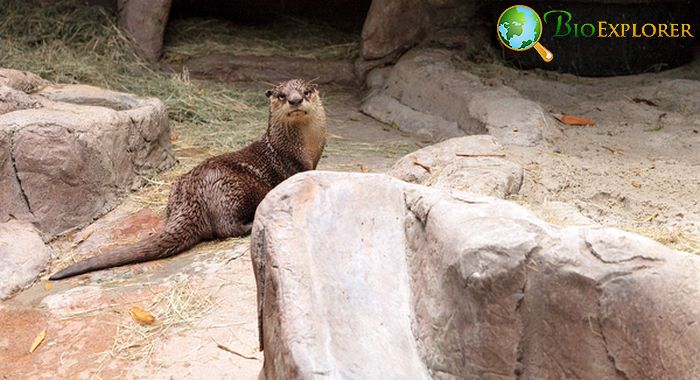
- The African clawless otter is carnivorous. Its diet consists of crabs, lobsters, insects, frogs, and a wide array of fish species.
- This mammal has also been known to dine on ducks, small birds (ducks), shrews, reptiles, swans, geese, mollusks, and coots.
- A good portion of African clawless otter’s hunting is done under the water, particularly shallow water.
- The hunting strategy this otter uses is by submerging their heads in water to search for prey.
- Once this otter identifies its potential victim, it captures it using its front feet and then brings it to the surface.
![]()
What Do Giant River Otters Eat?
As suggested by its name, the giant river otter is the largest otter species, and it is often referred to as the river wolf. This species is also considered to be the largest member of the Mustelid family, and this is because these mammals can grow to a length of 6 feet.
| Animalia | Carnivora | Mustelidae | Pteronura | Pteronura brasiliensis |
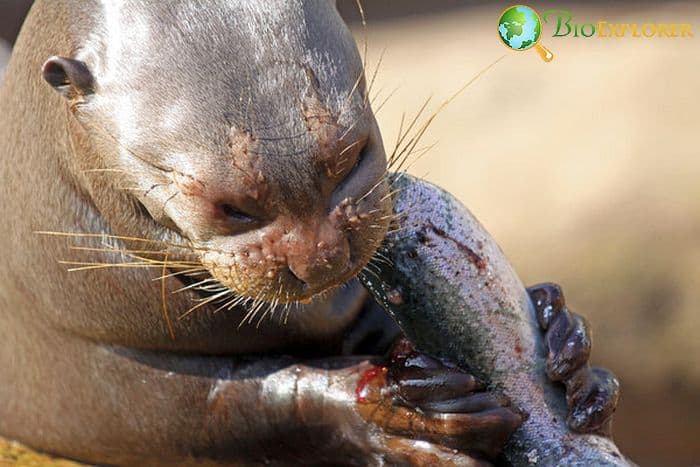
- The main diet of the otter is made up of fish and crustaceans.
- The giant river otters have also been noted to feed on small anacondas and caimans.
- The giant river otters are excellent predators. These mammals have whiskers, which they use to spot their prey by detecting vibrations in the water.
- Once they locate their prey, the giant river otters proceed to capture and consume them.
![]()
Where do sea otters live?
Sea otters can be found close to certain seas near Alaska, Oregon, Washington, British Columbia, and the country of Russia.
- Within these seas, they are usually found in the vicinity of the shore (which is typically rocky). They will probably be wrapped in kelp beds.
- Although sea otters used to be found in more southern parts of North America, they were almost completely wiped out, so there isn’t much there anymore.
- It should be noted that the bodies of water than sea otters live near are generally less than 40 meters deep. This simply makes it safer for them to get food and give birth (sea otters are the only type of otter that deliver their babies in the water).
![]()
When Do Otters Eat?
The activity of otters varies depending on different factors.
- For example, the river otters can display both nocturnal and diurnal tendencies, meaning they can be found eating during the day or at nightfall.
- The African clawless otters are crepuscular, meaning they can be found active and foraging during dusk and dawn hours.
![]()
How Often Do Otters Eat?
How often otters eat varies as long as they meet their average daily energy need.
- For instance, the river otters consume anything between 15-20% of their body weight each day.
- In comparison, the sea otter consumes 25-30% of their body weight every day.
![]()
What Eats Otters?
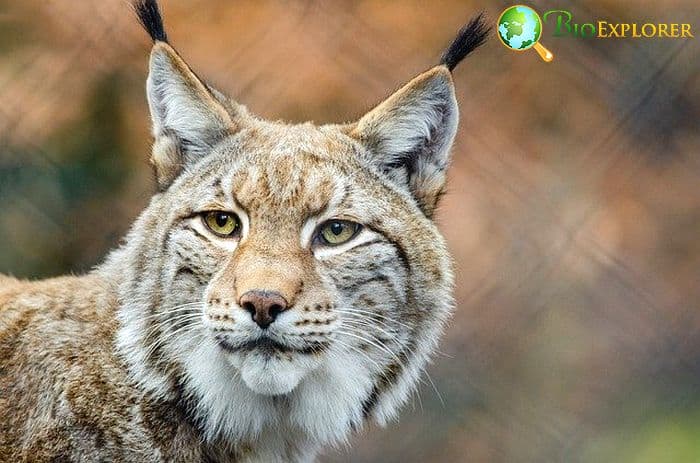
A minimal number of river otter predators exist in nature. This can be explained by the fact that river otters are among the most energetic animals in their niches.
- They are great swimmers, and on land, they can run at speeds of 15 miles an hour.
- The younger otters are more vulnerable to predators who include but are not limited to coyotes, dogs, cougars, bears, and bobcats.
- Humans have also been noted to hunt otters.
![]()
Where Do Otters Fit in the Animal Food Chain?
Otters (both sea and river otters) play a notable role in the animal food chain.
- In their role as predators, otters help regulate the local population of the organisms they consume.
- As prey, otters provide a great source of nutrients to animals that hunt them for food.
![]()
The absence of otters in their ecosystems would jeopardize the integrity of the watershed food webs and food chain.
![]()


